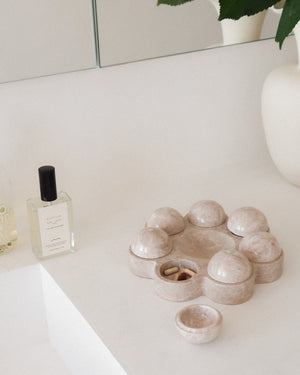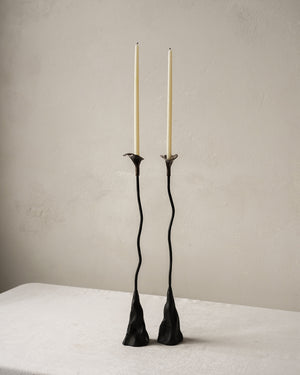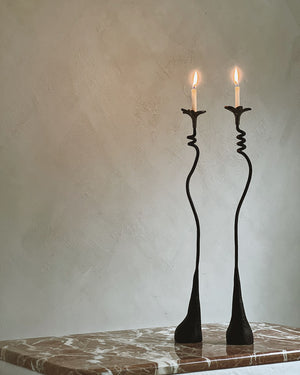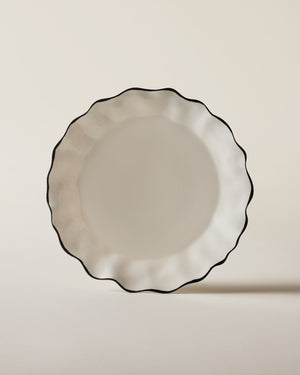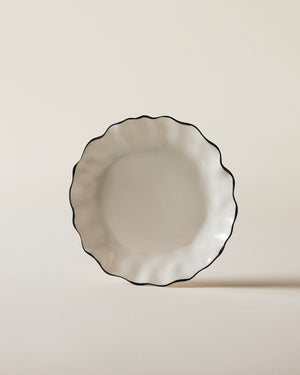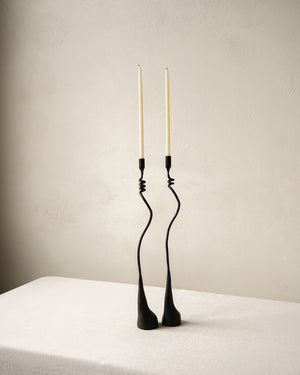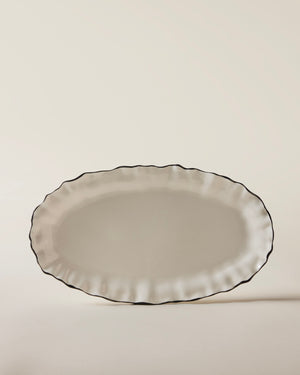THE 1913 ARMORY SHOW

|
The 1913 Armory Show marked a major turning point for art in America. At the time, the art world in the United States was governed by the conservative National Academy of Design, where idealistic realism continued to dominate. Classical styles with softened, perfected forms continued to be celebrated even though European artists of the same period had long rebelled against this rigid academic style, instead focusing on experimentation and abstraction.
In 1911, frustrated with this outdated mode of thinking, four young artists in New York began meeting to discuss strategies for reinvigorating the American art scene. The group formed the Association of American Painters and Sculptors, composed of young anti-academy artists, and in 1913 the group organized the Armory Show, then called the International Exhibition of Modern Art, aimed at introducing the newest European art to American audiences.
 |
 |

|
|
Marcel Duchamp, Nude Descending A Staircase, No. 2,1912 |
 Pablo Picasso, Woman With Mustard Pot (La Femme au pot de moutarde), 1910
|
|
Amadeo de Souza Cardoso, Avant la Corrida,1912 |
|
Wassily Kandinsky, Improvisation 27 (Garden of Love II), 1912 |
|
Paul Gauguin, Words of the Devil,1892 |
|
 Vincent van Gough, Mountain in Saint-Rémy, 1889
|
|
Henri Matisse, Blue Nude, 1907 |
The 1913 show became known as the official introduction of Modernism to America. In the following years, the show's impact on American collectors would contribute to the founding of New York’s modern art museums including the Museum of Modern Art and the Whitney Museum. Most fundamental of all, the 1913 Armory Show finally gave credibility to the notion that art need not be beautiful to be considered good.
|
Alexander Archipenko, LaVie Familiale (Family Life), 1912 |
|
Andrew Dasburg, Lucifer, 1912 |
|
Constantin Brancusi, Une Muse, 1912 |
|
Alexander Archipenko, Le Repos, 1912 |
|
Photography from the exhibition courtesy of Smithsonian Institution Archives of American Art |
